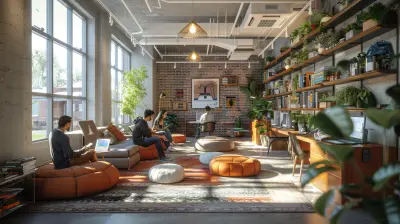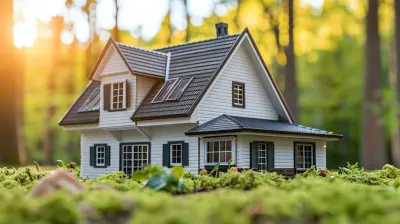How Urban Developers are Responding to Changing Family Structures
19 August 2025
Family dynamics have changed drastically over the past few decades. Gone are the days when a typical household was made up of two parents and their children. Today, we see a variety of living arrangements—single-parent households, multi-generational families, co-living setups, and even "chosen families" of close friends living together.
Urban developers have quickly taken note of these shifts and are reimagining the way homes and communities are designed. But how exactly are they making cities more accommodating for these modern family structures? Let's dive in! 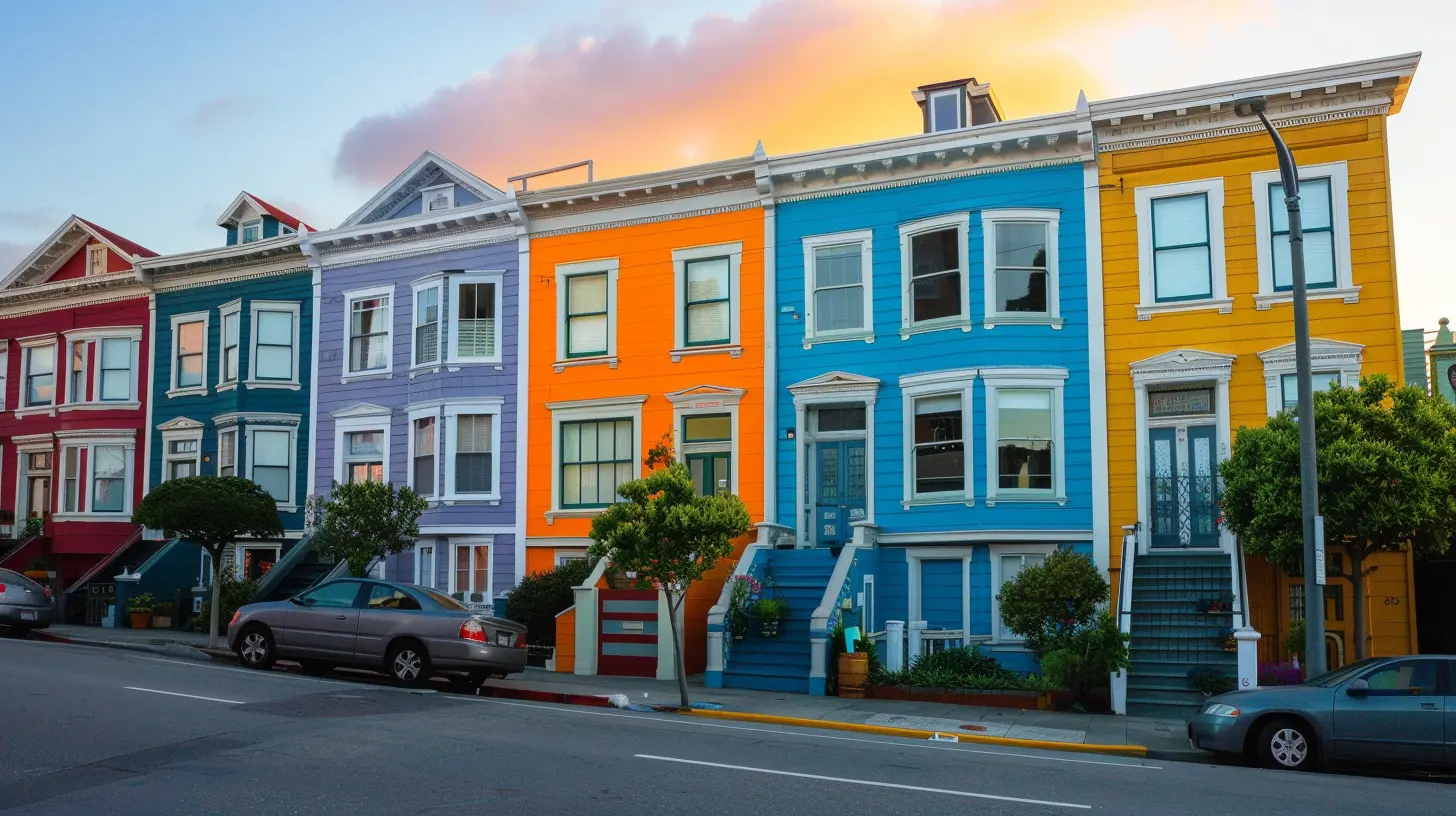
The Evolution of Family Structures
Before we get into real estate strategies, it's important to understand just how much family structures have evolved.Traditional vs. Modern Families
A few decades back, the nuclear family model—mom, dad, and kids—dominated housing design. Suburban neighborhoods were designed around this concept, offering large single-family homes with backyards and two-car garages.Fast forward to today, and you'll see a drastically different picture. Many households now include:
- Single parents raising children
- Extended families living under one roof
- Young professionals sharing housing due to rising costs
- Elderly parents moving in with their adult children
- Couples delaying marriage or choosing not to have kids
This shift has forced urban planners and developers to rethink their approach. The one-size-fits-all model no longer works. Instead, they’re embracing flexible, adaptive, and inclusive housing designs that cater to diverse needs. 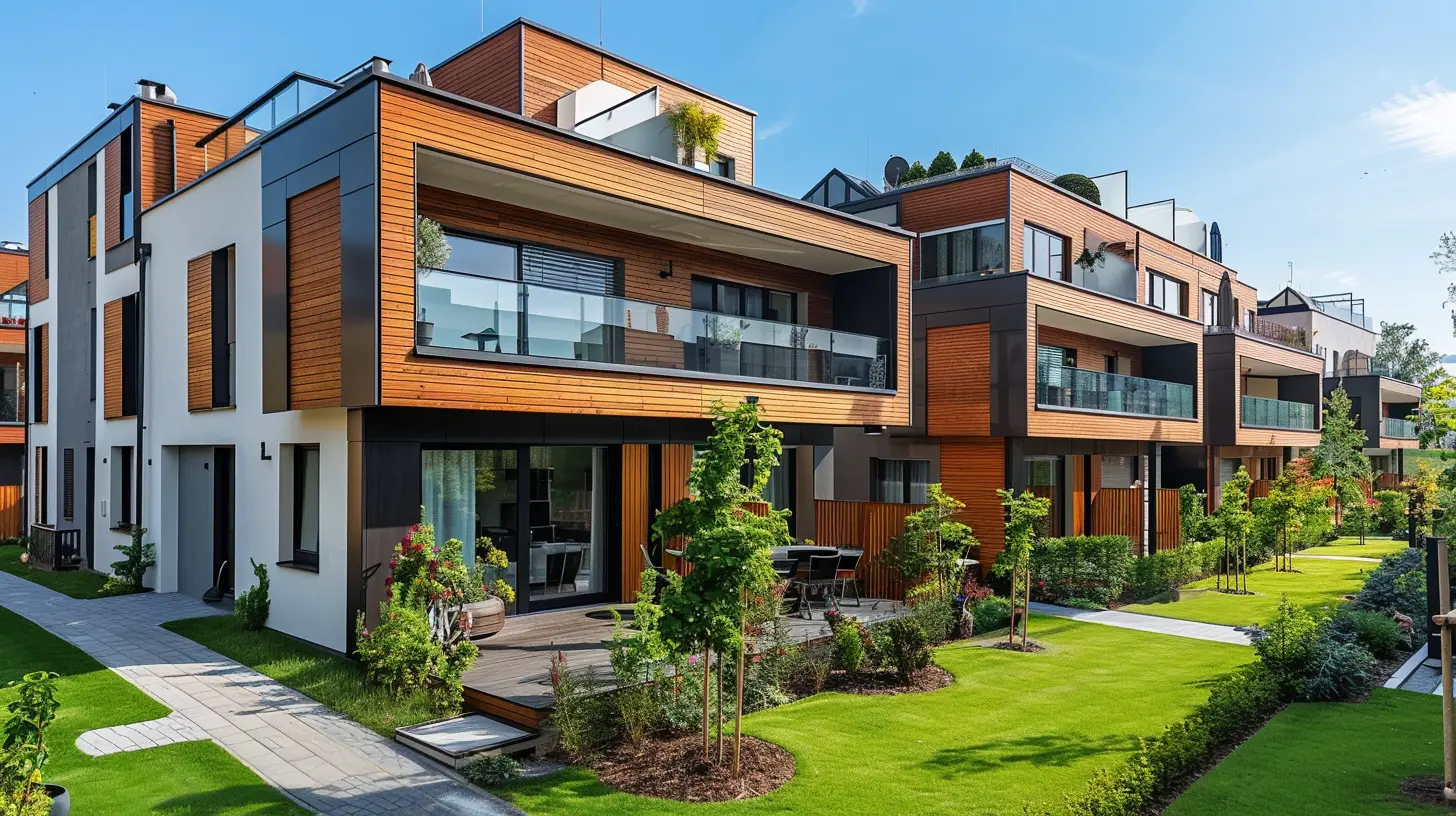
How Urban Developers Are Adapting
1. Multi-Generational Housing on the Rise
With an increasing number of families opting to live together across generations, developers are creating homes with built-in flexibility. Many new apartments and townhomes now feature:- Separate entrances for added privacy
- Secondary suites or in-law units
- Dual kitchens for independent meal prep
- Soundproof walls to maintain peace
These designs help families stay connected while still allowing for personal space.
2. Co-Living Spaces for the Modern Urbanite
The rising cost of living has made co-living an attractive option, especially for young professionals and digital nomads. Urban developers are incorporating:- Fully furnished apartments with shared common areas
- All-inclusive rent models that cover utilities and amenities
- Community-building activities to foster social connections
Co-living spaces bridge the gap between affordability and convenience, making city living more accessible.
3. Flexible Floor Plans for Evolving Needs
Family needs change over time, and static housing models no longer make sense. This is why developers are designing homes that can adapt. Some key trends include:- Movable walls to increase or reduce space
- Convertible rooms that double as home offices or gyms
- Modular furniture to maximize functionality
With remote work becoming more common, many homes now come with designated workspaces or even shared co-working lounges within buildings.
4. Mixed-Use Developments for Convenience
Families today value convenience more than ever. Developers are creating mixed-use spaces where people can live, work, and play without spending hours commuting. These include:- Apartments above retail stores and restaurants
- Residential buildings with integrated daycare centers
- Green spaces and recreational areas within walking distance
This concept isn’t just convenient—it also fosters a sense of community, making cities feel more like home.
5. Smart Homes for Smarter Living
Technology is revolutionizing modern housing. Smart-home integration is no longer just a luxury but a necessity. Many new developments include:- Voice-activated assistants for hands-free control
- Automated lighting and climate systems for energy efficiency
- Smart security systems with remote access
These features make urban living more efficient and secure, catering to both busy professionals and growing families.
6. Sustainable and Affordable Housing
Affordability remains a major concern, especially in urban areas. Developers are tackling this issue by:- Introducing micro-apartments that maximize space
- Building energy-efficient homes with lower utility costs
- Creating shared-living communities that split expenses
At the same time, there’s a huge shift towards sustainable materials, solar panel integration, and green building designs aimed at reducing environmental impact.
7. More Inclusive Housing Policies
Urban development isn’t just about architecture—it’s also about policies that support diverse family structures. Many cities are adjusting zoning laws to allow for:- Accessory dwelling units (ADUs) to accommodate extended families
- Multi-family housing within single-family zones
- Rent-controlled units to ease financial pressure on lower-income families
These policy changes ensure that urban spaces remain inclusive and accessible to all. 
Why These Changes Matter
Adapting to changing family structures isn’t just about keeping up with trends—it’s about fostering thriving communities where people feel supported.- More housing options mean fewer families struggle to find suitable living arrangements.
- Integrated, mixed-use communities reduce stress by increasing convenience.
- Co-living and multi-generational setups strengthen social bonds.
Ultimately, these changes aren’t just improving real estate—they’re improving quality of life. 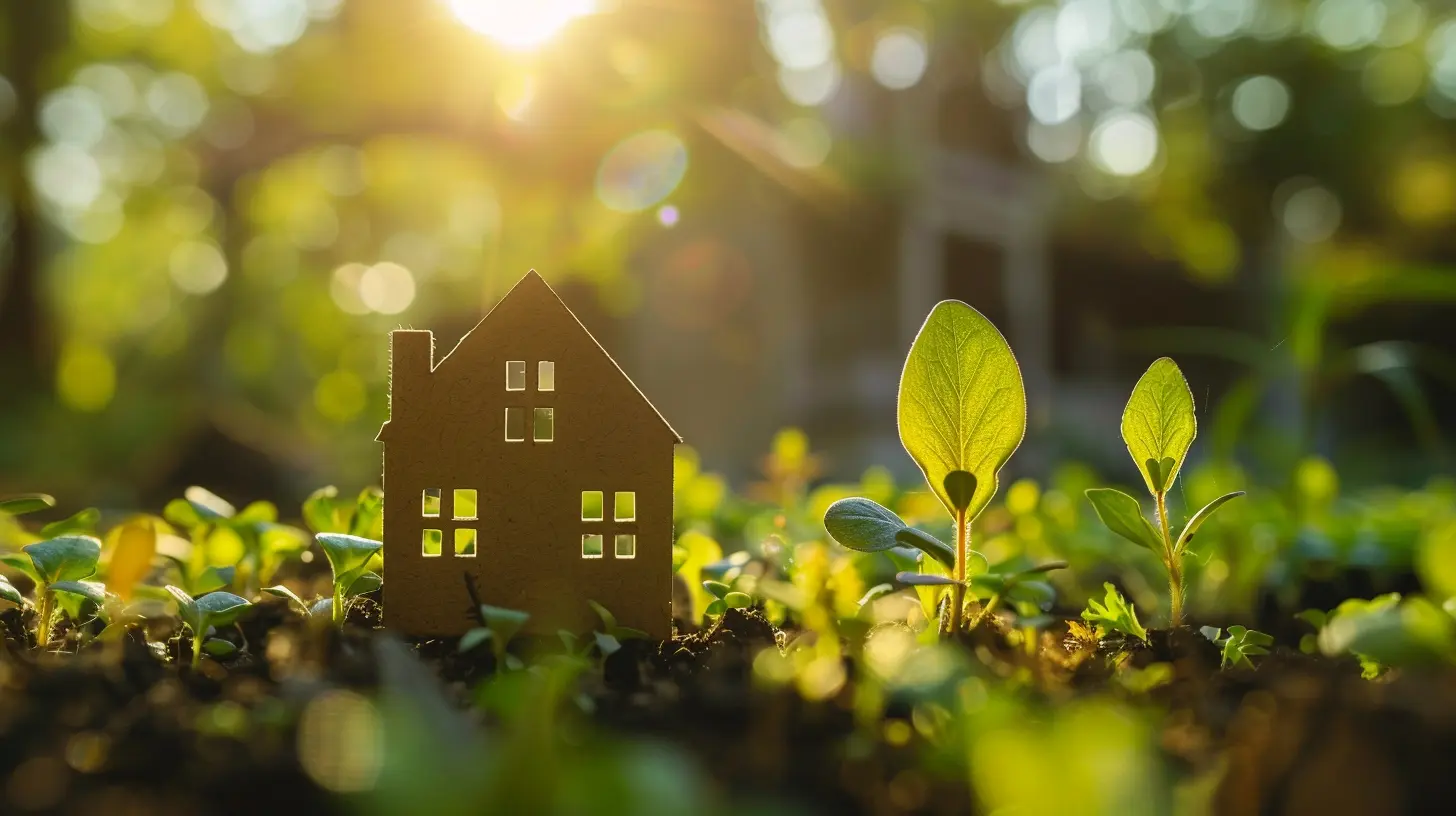
The Future of Urban Housing
Looking ahead, urban development will continue to evolve. We may see even more innovations, such as:- Automated modular homes that can reconfigure themselves
- Self-sustaining residential complexes with urban farms
- Further integration of AI to personalize living experiences
One thing is clear—cities of the future will no longer be built solely for the traditional nuclear family. Instead, they’ll be designed for everyone, regardless of how their household is structured.
Final Thoughts
Urban developers are stepping up to the challenge and creating spaces that truly reflect how people live today. Whether it’s through multi-generational homes, co-living spaces, or smart housing solutions, the future of real estate is all about flexibility, inclusivity, and sustainability.So if you’ve ever felt like modern housing just didn’t fit your way of life, don’t worry—change is happening, and it’s happening fast.
all images in this post were generated using AI tools
Category:
Urban LivingAuthor:

Camila King
Discussion
rate this article
1 comments
Tate Beck
Great insights! It's fascinating to see how urban living is evolving with families.
August 24, 2025 at 11:01 AM

Camila King
Thank you! I'm glad you found the insights interesting. Urban development is indeed adapting to the needs of modern families.
